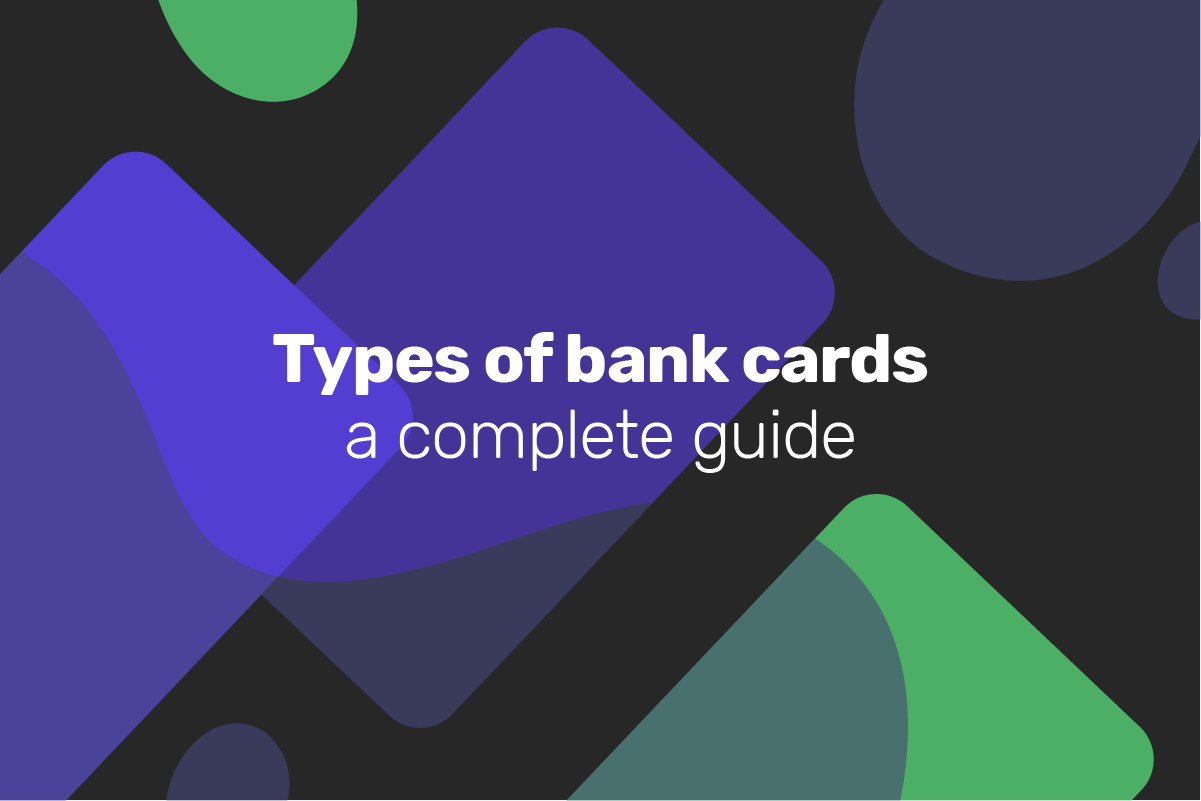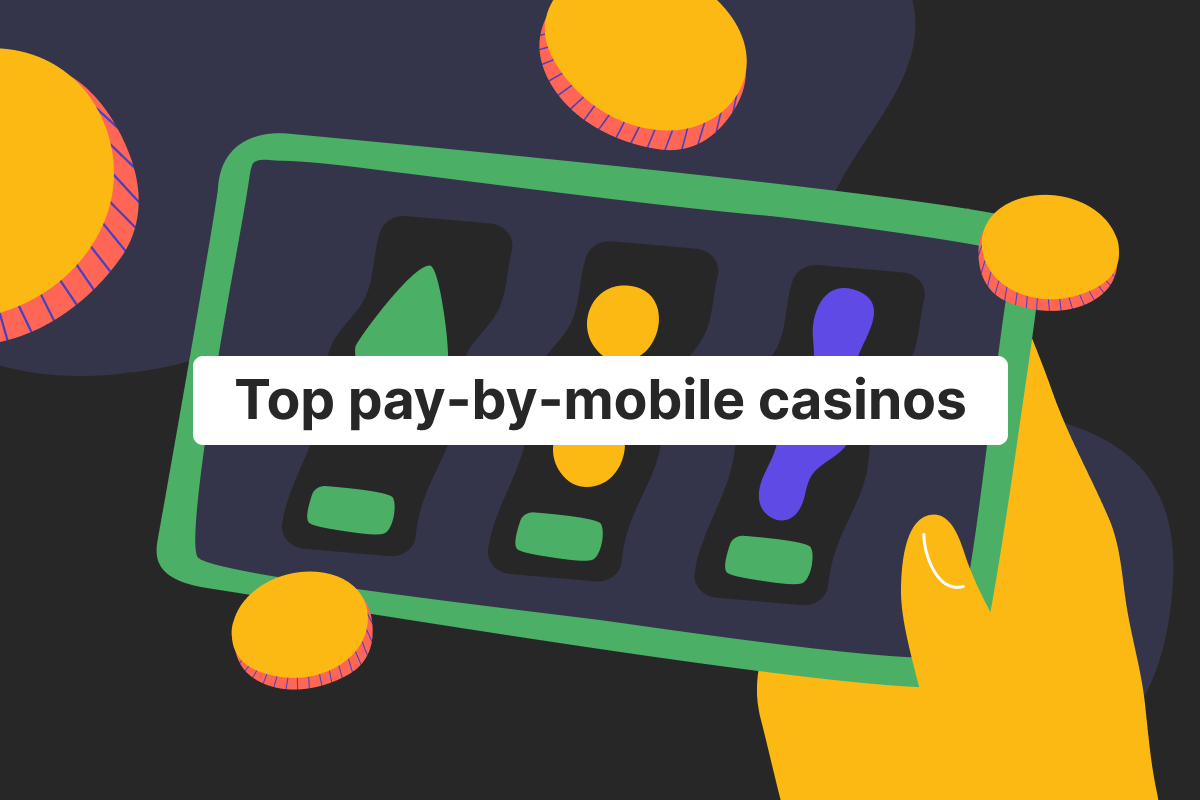Genome Blog / articles / Types of bank cards: a complete guide
Sep. 8, 2020
Bank cards have been common everyday objects for decades, for both businessmen and people that use those for personal needs. Especially as current events are putting contactless payments on the front burner.
And the great thing is that banks had come up with a plethora of card types that can satisfy most of the requirements imaginable. So today Genome‘s team is taking a look at the main features of credit and debit cards, as well as exploring the variety of cards there are so that you can determine, how to choose the right card for you.
Debit cards
Also known as check cards, these are linked to a person’s bank account and are used to make payments online and through POS terminals. The money is withdrawn directly from the account, and the card owner can’t pay more than their account holds, so there’s no risk going into debt.
Debit cards have daily spending limits – for example, if you have eyes on a $2300 purchase, but your limit is $2000, you won’t be able to buy it, even if you have over $10000 in the bank. This is actually a safety precaution: if your card and financial data get stolen, the thief won’t be able to withdraw a hefty sum of money. Still, you can change the daily spending limit if you want to – just contact your bank, or do it through an app.
Credit cards
Credit cards allow people to pay for purchases with money borrowed from a bank, which they need to transfer back to the bank at the end of the month. On the one hand, it’s convenient for people who need extra funds for time-urgent payments and can return money to the bank in time when the bill comes.
On the other hand, getting a credit card and facing rules and fees using it might be challenging. When you apply for a credit card, the bank will look through your credit history – if your credit score is bad or non-existent, your credit limit is likely to be low at first.
In some cases, the bank may require a security deposit, meaning the client is to pay the cash deposit to get the card. The deposit coincides with a credit limit: you give the financial institution $400 in cash for a $400 credit limit. The deposit is only necessary for banks to ensure that you pay monthly bills if you have a poor credit history. Once your credit score is fixed, the bank will return your deposit money.
Remember, that you can also increase the credit limit by improving the credit history – pay the bills on time to avoid dealing with interest rates. The rates might grow exponentially, if you miss monthly billings, so make sure you can cover the expenses before you drain the credit bank account.
There are also many types of cards with different purposes, which can fall under debit, credit, and even both sections. Let’s cover some of them.
Cashback debit and credit cards
Plenty of financial institutions offer special bonuses and rewards for clients that use their cards. It can be anything: from cashback when a cardholder buys products/services from the bank’s partners to money rewards for withdrawing over $1000 monthly and getting a percentage off every hundredth transaction.
To each their own, and you can choose the way you want to get bonuses from using your debit or credit cards by exploring options different banks can provide.
Corporate debit and credit cards
This type of card might become essential for companies if their employees spend lots of time on business trips. Using these cards, a business can pay off their staff’s travel and corporate expenses, while also have better control and management over these funds.
Some corporate cards allow limiting payments at specific shops and of certain goods, which is also be a plus for business owners.
By the way, we’d like to share a little secret with you – Genome will be issuing our very own corporate debit card in the near future. Get ready for the best way to track your business expenses with us. No more lost transactions. Meanwhile, let’s get back to the list.
Prepaid debit cards
Prepaid and regular debit a quite similar, but have one significant distinction. With a prepaid card, the money you spend is not coming from a bank account – you need to load the funds onto the card beforehand.
Prepaid cards are considered another great alternative to cash, as your money is better protected, it’s contactless, and you know the exact spending limits.
Travel debit and credit cards
The main purpose of these cards is to make it easier for people who have lots of business trips or enjoy traveling. Financial institutions offer different terms for these cards, but one common thing is that your foreign transaction fees are insignificant, or even inexistent. Some banks also include special travel insurance with the client’s card.
Children and teen debit cards
Nowadays, children are exposed to technological advances from an early age, hence some adults have no problem teaching them how to be responsible with money through opening children and teen banking accounts.
Usually, there are two types of accounts for young people. The first one is a savings account, using which children can earn interest on their funds to sock away money for something they want. The second one is an account with the aforementioned prepaid debit card so that children can make purchases, with parents loading as much money onto the card as they see fit.
Virtual and physical gift bank cards
Some banks have their own version of gift cards people are used to seeing in some shops. The principle is quite similar: you can load a certain sum of money onto a gift card and present it to any person you want – to do so, you may need some basic details about them, like a full name and a phone number/an e-mail address.
After getting the card, a person can spend the money on whatever they please. The gift card can only be used once – you can’t load money on it for the second time. Also, gift bank cards have an expiration date, so make sure you use these before the time runs out.
Instant virtual cards
You don’t necessarily need a physical card to pay for products and services online – virtual cards are a great thing to do that.
Hence, Genome’s team developed instant virtual cards for our clients’ personal and business needs. Soon you will be able to open multiple virtual cards within Genome – it takes minutes to get a multicurrency card and start using it for any type of online payment right away.
The great thing is that this free virtual card is protected from fraudsters and identity theft by Covery anti-fraud platform – no more worries about your money being stolen.
As with other Genome services, the virtual card will always be easily accessible through our smart dashboard – manage the card and keep an eye on every transaction completely online and in one place.
And the instant virtual cards are just a warm-up – our team is planning to launch international physical debit cards for personal and business use as well. Great things are coming and we sincerely hope that you will be here to experience them with us. Make sure you check Genome’s blog and social media for further updates on our virtual and debit cards.
And while you are waiting, check out all the seamless and secure services you can get with Genome on our website.





